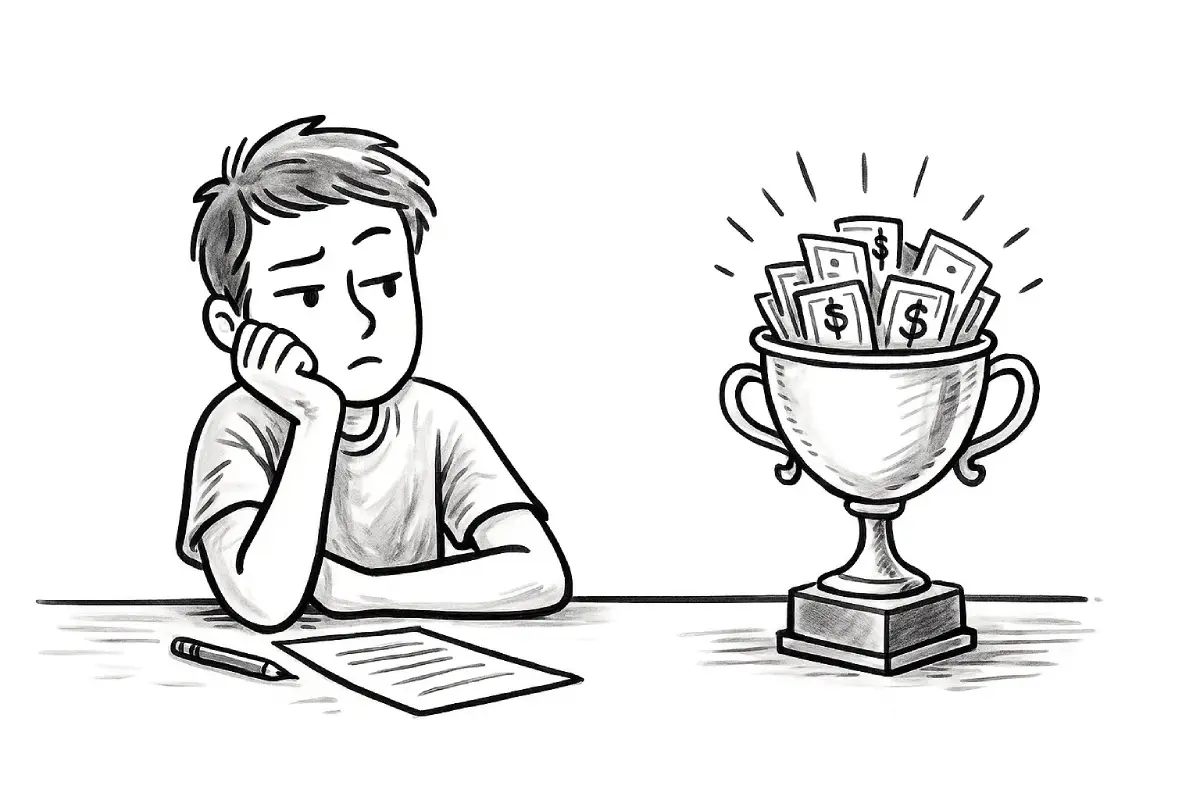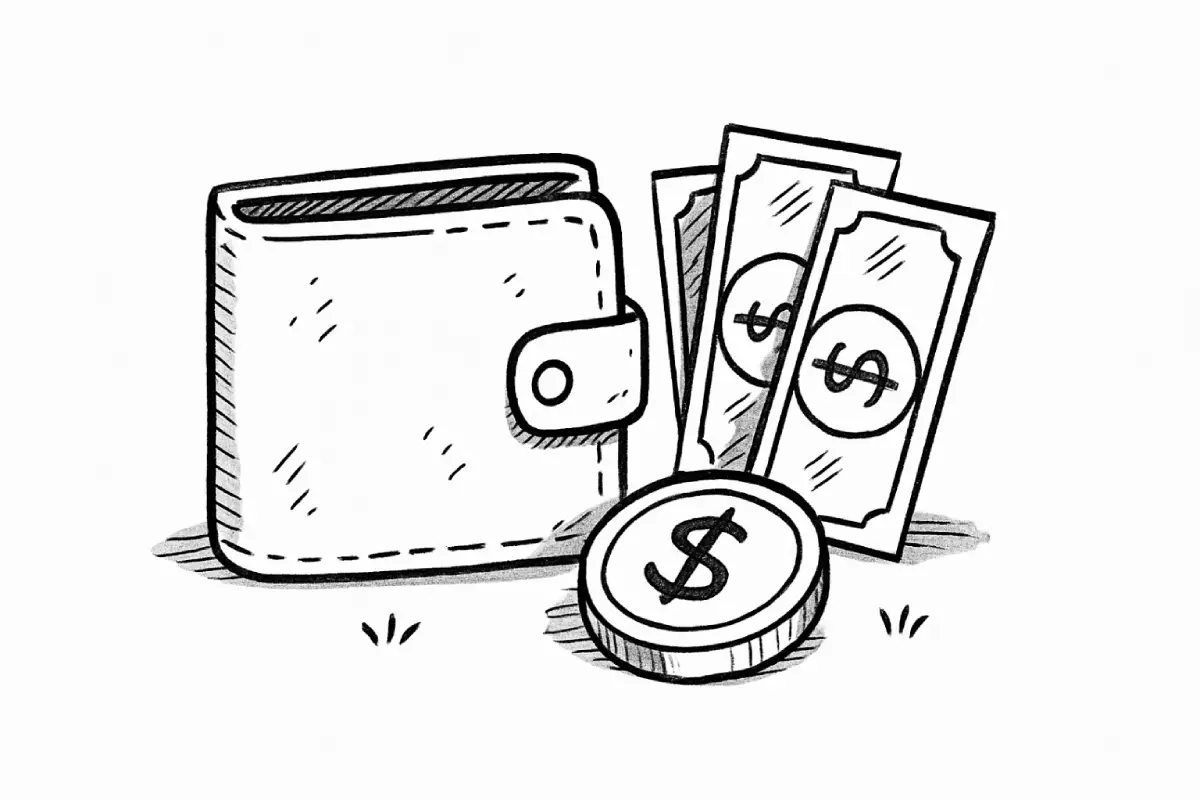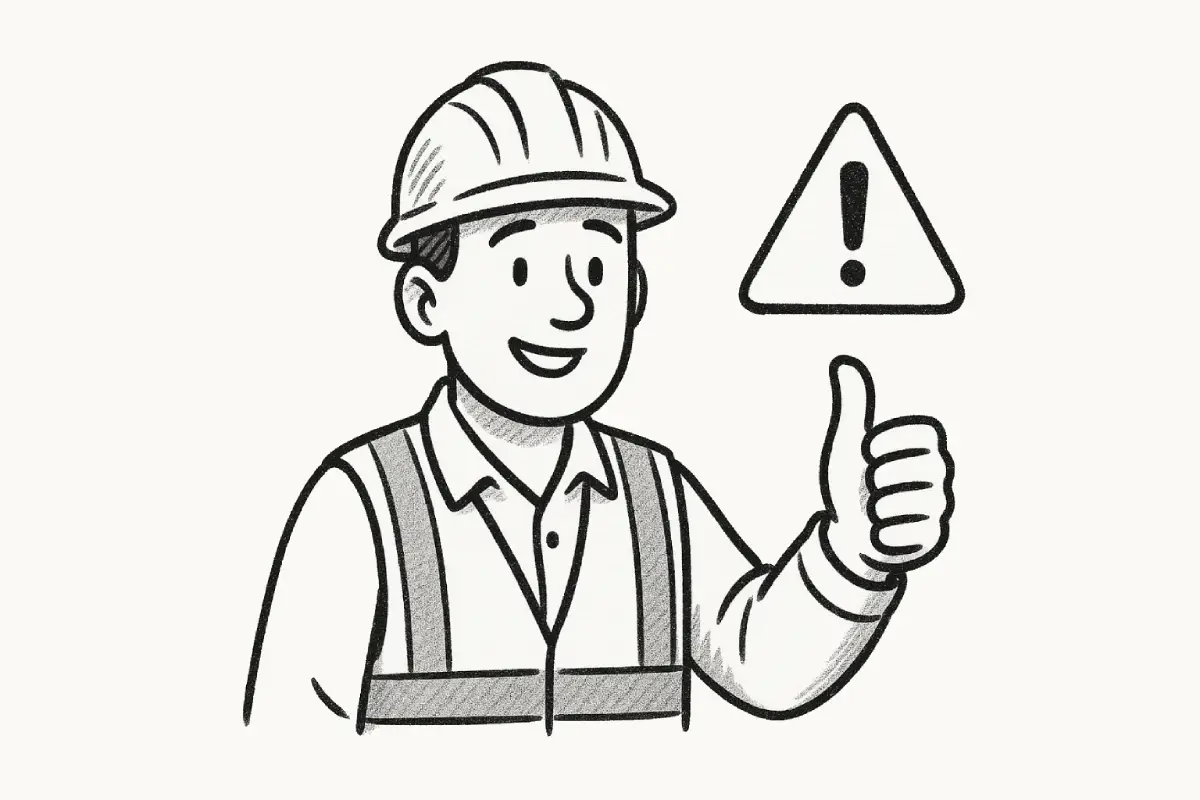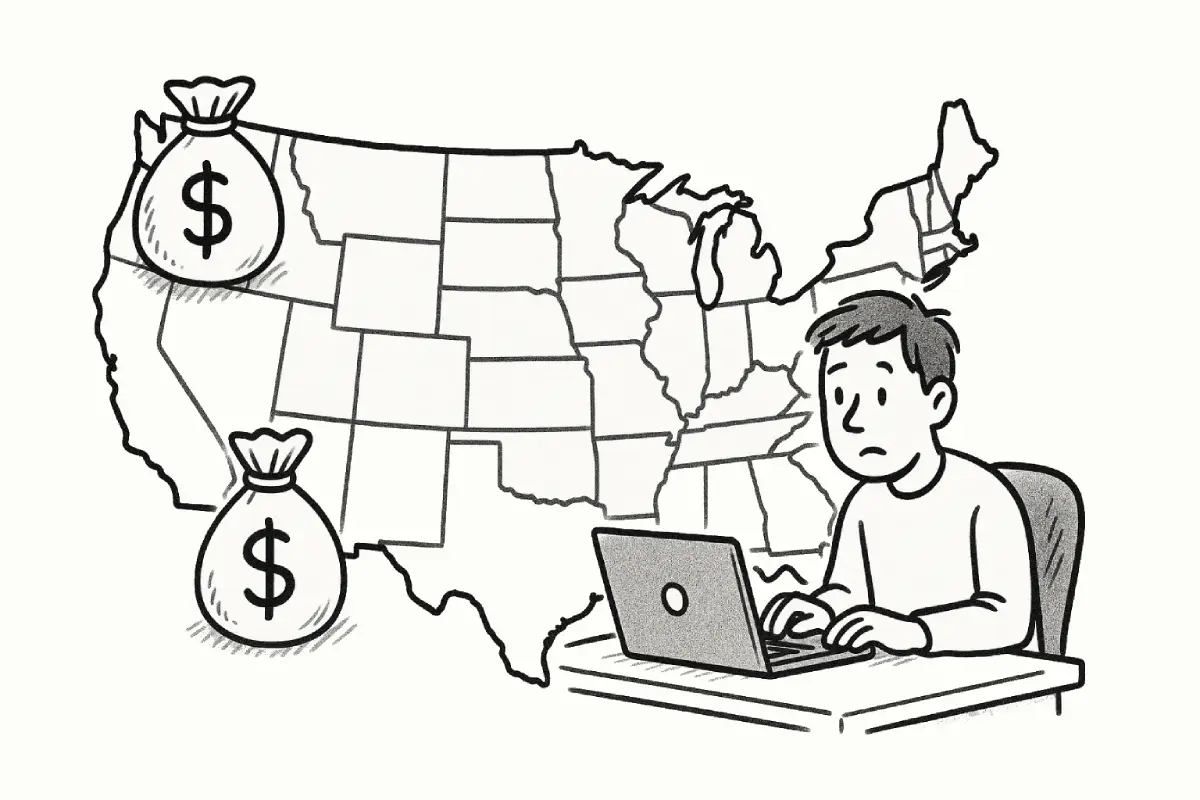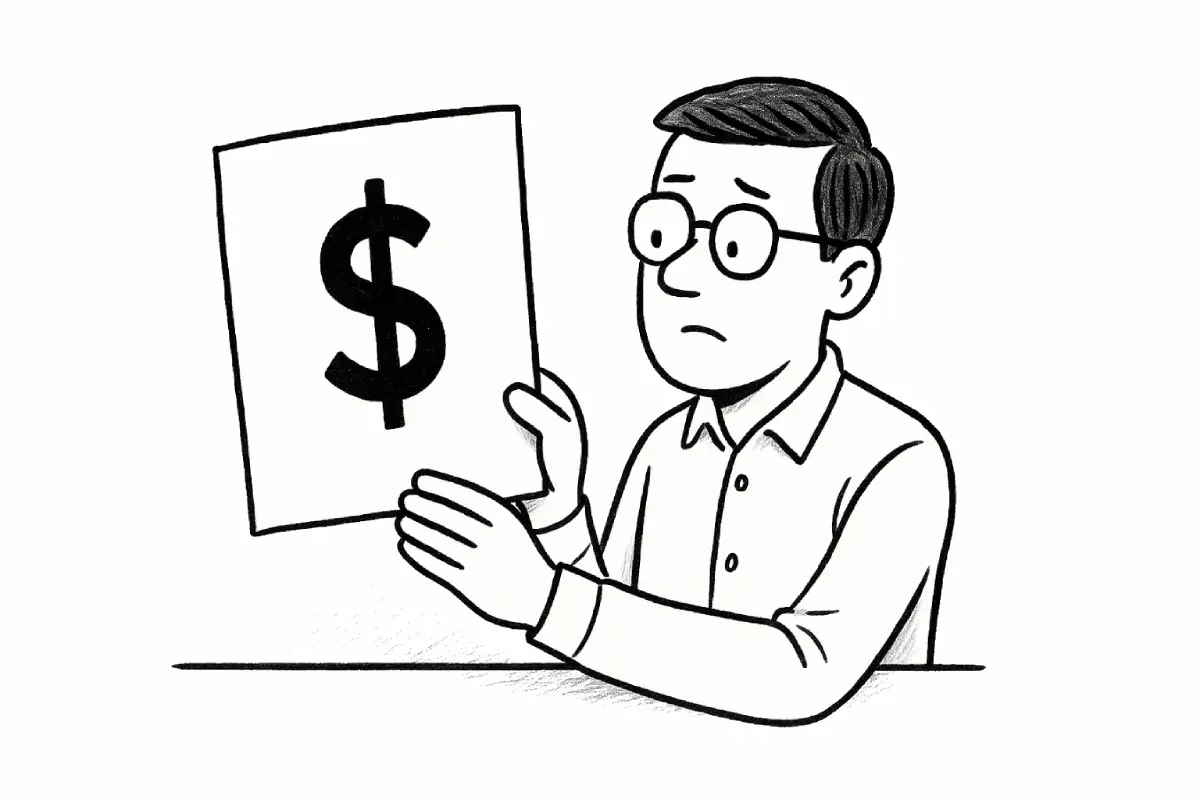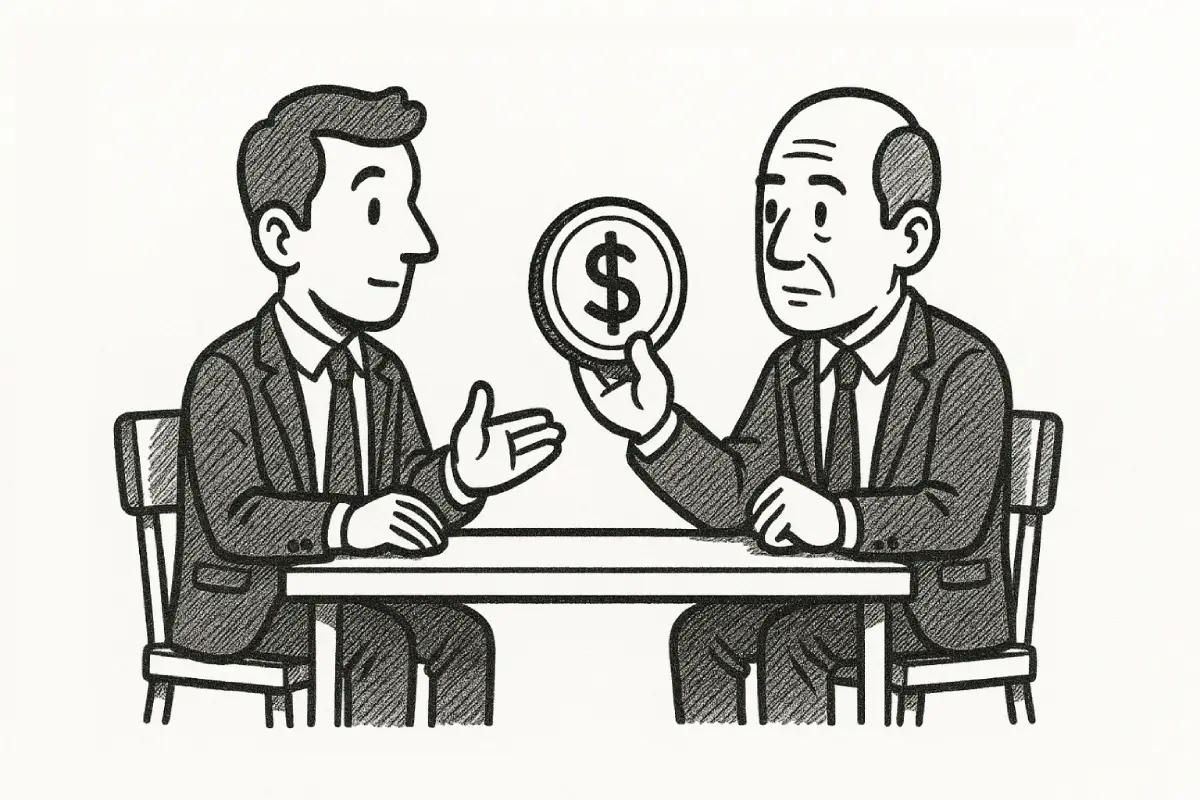By a Guy Who’s Seen Too Many Pizza Parties
Here’s a scenario you’ve probably lived through. It’s 4:00 PM on a Tuesday. The fluorescent lights are humming that low, aggressive buzz that seems to vibrate right behind your eyes. You’ve been staring at a spreadsheet for six hours. Your boss, let’s call him Dave—Dave is a nice guy, really, he tries—breezes past your cubicle or pops up in the Slack channel with a “great news” emoji.
“If we hit these Q3 targets by Friday,” Dave announces, virtually beaming, “Pizza party next week! And maybe… Amazon gift cards.”
And what happens?
Do you suddenly feel a surge of adrenaline? Does your soul ignite with the fiery passion of productivity? No. You probably just sigh, rub your temples, and wonder if you can finish the report before your eyes dry out completely. You might even feel a little insulted.
We’ve been sold a bill of goods about motivation. For the better part of a century, the corporate world, the educational system, and even parenting books have relied on a crude, almost Pavlovian model of human behavior: If you want more of a behavior, reward it. If you want less, punish it. The Carrot and the Stick.
It’s simple. It’s logical.
And for anything more complex than screwing a cap onto a toothpaste tube, it is scientifically, demonstrably, and catastrophically wrong.
The Taylorism Hangover
To understand why we are so obsessed with rewards, we have to look at where we came from. We are still collectively hungover from the industrial revolution. Specifically, we are suffering from the lingering effects of Frederick Winslow Taylor.
Taylor was the godfather of “Scientific Management.” In the early 1900s, he stood over steelworkers with a stopwatch. He didn’t care how the workers felt. He didn’t care if they were fulfilled. He treated humans like wet, squishy components of a machine. If you moved pig iron faster, you got paid more. If you slowed down, you starved.
“In the past the man has been first; in the future the system must be first.” — Frederick Winslow Taylor
And here’s the kicker: It worked.
It worked beautifully for moving pig iron. It works for stacking boxes. It works for algorithmic tasks where there is a clear path from A to B, and you just need to run down that path as fast as humanly possible.
But look at your job. Look at your life. Are you moving pig iron? Probably not. You’re solving problems. You’re designing. You’re negotiating complex emotional landscapes. You are doing heuristic work. And when you apply Taylor’s old-school “do this, get a cookie” logic to modern, creative, cognitive work, things get weird. The engine seizes up.
The Candle Problem
Let me tell you about a study that blew the lid off this whole thing decades ago, yet somehow, every HR department seemed to miss the memo.
It’s called the Candle Problem. Created by psychologist Karl Duncker in 1945 and later used in a famous experiment by Sam Glucksberg.
Here’s the setup: I give you a candle, a box of thumbtacks, and a book of matches. Your job is to attach the candle to the wall so that the wax doesn’t drip onto the table.
The solution is somewhat clever. You have to dump the tacks out of the box, tack the box to the wall, and set the candle inside it. It requires “overcoming functional fixedness.” You have to see the box not just as a container for tacks, but as a platform.
Now, Glucksberg did this with two groups.
- Group A: He told them, “I’m timing you to establish norms.” No pressure.
- Group B: He offered cash. “If you are in the top 25% of times, you get $5. If you’re the fastest, you get $20.” (Adjusted for inflation, that’s decent drinking money).
The result?
The group with the cash incentive took, on average, three and a half minutes longer to solve the problem.
Read that again. The reward made them stupider.
Why? because rewards narrow your focus. They act like blinders. When you are staring at the prize, you run faster, sure. But you lose your peripheral vision. You stop seeing the creative connections. The high stakes paralyzed their lateral thinking. The reward actually blocked the solution.
This is backed up by decades of research, suggesting that while incentives work for compliance, they are absolute poison for engagement.
The Overjustification Effect: Or, How to Ruin a Hobby
I have a friend who loves photography. She used to spend her weekends wandering around the city, snapping photos of weird architectural angles and pigeons that looked depressed. She was good. Really good.
So, naturally, everyone said, “You should do this for a living! You could make a killing doing weddings.”
So she did. She started a side hustle. She got clients. She got paid.
Six months later, she put her camera in the closet and hasn’t touched it since. “It just feels like work now,” she told me over beers one night. “I don’t know. The magic’s gone.”
Psychologists call this the Overjustification Effect. It’s a cruel joke our brains play on us. When you take an intrinsically motivated behavior (something you do because you love it) and you slap an extrinsic reward (money) on top of it, your brain rewrites the narrative.
It shifts from “I do this because it’s cool” to “I do this because I’m getting paid.”
There was a classic study done in the 70s with nursery school kids. Researchers found kids who loved drawing. They split them into groups.
- The Expected Reward: “If you draw a picture, you get this fancy Good Player ribbon.”
- The Surprise Reward: The kids drew, and then got a ribbon unexpectedly.
- The No Reward: Just drawing.
Two weeks later, they watched the kids. The ones who had been promised the ribbon? They barely touched the markers. Their interest had tanked. The other groups were still drawing like maniacs. The reward had turned play into labor.
It’s Not About the Money (But It Is, Sort of)
Okay, let’s tap the brakes for a second. I’m not sitting here telling you that you should work for free. I’m not saying, “Hey, tell your boss to keep your paycheck because you’re running on passion!”
That’s garbage. That’s exploitation.
If you don’t pay people enough, they won’t be motivated. Period. They will be motivated to find a new job. Money is a hygiene factor. This is old-school Herzberg theory. If the hygiene factors (salary, safety, reasonable hours) aren’t there, you get dissatisfaction. You get burnout. You get people stealing staplers.
But—and this is the massive “but”—once you pay people enough to take the issue of money off the table, more money doesn’t equal more performance.
Once the bills are paid, the human brain starts looking for something else. We are meaning-seeking missiles. We need to feel like we matter.
“People want to be the authors of their own lives.”
This brings us to the holy trinity of modern motivation, popularized by Dan Pink but rooted in the hard science of Self-Determination Theory (SDT) developed by Edward Deci and Richard Ryan. If you want to geek out, you can look up their work on human autonomy and well-being.
The three things we actually crave are:
- Autonomy: The urge to direct our own lives.
- Mastery: The desire to get better and better at something that matters.
- Purpose: The yearning to do what we do in the service of something larger than ourselves.
The Autonomy Paradox
Let’s talk about autonomy. I used to work for a guy who micromanaged everything. He would literally stand behind me and point at the screen. “Move that pixel left. No, right. Use the other blue.”
I was a highly paid professional, and I felt like a robotic arm. My motivation hit absolute zero. I wasn’t producing; I was complying.
Compare that to Atlassian, the Australian software company. They have these days called “ShipIt Days” (formerly FedEx Days, because you have to deliver overnight). They tell their engineers: “Go work on whatever the hell you want for 24 hours. It just can’t be your daily job. But you have to show it to the company tomorrow.”
Some of their best patches, new products, and fixes came out of those days of pure autonomy. When you give people the reins, they don’t run off a cliff. Usually, they run toward the solution you didn’t even know you needed.
Gallup’s State of the Global Workplace report consistently shows that engagement is dismally low worldwide—often hovering around 20-23%. Why? Because we treat adults like children. We monitor their keystrokes. We count their bathroom breaks. We strip away autonomy and then wonder why they “quiet quit.”
The Lego Experiment: Meaning Matters
If you think “Purpose” is just fluffy, new-age nonsense for millennials who drink too much oat milk, think again. It is biologically hardwired into us.
Dan Ariely, a behavioral economist who is smarter than both of us combined, did a study involving Bionicles (those Lego robot things).
He grabbed some Harvard students and said, “Hey, build this Bionicle. I’ll give you $3.” They built it. Then he said, “Build another one for $2.70.” Then $2.40. And so on.
But there were two conditions:
- The Meaningful Condition: As the student built the robot, the experimenter put it on the desk in front of them. By the end, the desk was lined with cool robots.
- The Sisyphus Condition: As the student built the robot, the experimenter took it, and immediately disassembled it back into pieces right in front of the student’s eyes, putting the parts back in the box for the next round.
The pay was identical. The task was identical.
But the students in the Meaningful Condition built significantly more robots.
In the Sisyphus condition, seeing their work destroyed in real-time sucked the life out of them. They quit way earlier. And here’s the saddest part: Ariely found that usually, people who love Legos build more. But in the Sisyphus condition, the correlation between loving Legos and productivity disappeared.
If you take away the meaning, you kill the joy. Even for things people love.
Think about that the next time you write a report that you know—you just know—no one is ever going to read. That heavy feeling in your chest? That’s the Sisyphus effect. It’s the feeling of your Bionicle being smashed.
The Dopamine Trap
Now, we have to get a little chemical. We can’t talk about motivation without talking about Dopamine.
Most people think dopamine is the “pleasure chemical.” You eat a donut, you get dopamine, you feel happy.
Wrong.
Dopamine is not the chemical of enjoyment. It is the chemical of wanting. It’s the chemical of desire. It’s what pushes the rat to press the lever. It’s what makes you scroll TikTok at 2 AM.
The brain is a prediction engine. It loves a “Reward Prediction Error.” That’s a fancy way of saying your brain lights up like a Christmas tree when something unexpected and good happens.
When rewards are predictable (“If you do X, you get Y”), the dopamine spike actually anticipates the reward. If the reward comes, nothing happens in the brain—it’s just business as usual. But if the reward doesn’t come? Dopamine levels crash. It feels like pain.
This is why “If-Then” rewards are so tricky. They wear off. You build a tolerance. A $1000 bonus feels great the first time. The second time, it feels expected. The third time, if you don’t get it, you’re furious. You are now running on a treadmill of hedonistic adaptation. You need bigger and bigger hits just to feel the same level of “meh.”
So, What the Hell Do We Do?
If you’re a manager, or a parent, or just a person trying to get yourself to go to the gym, this is all a bit depressing, isn’t it? If carrots don’t work and sticks are barbaric, what’s left?
We have to shift from Control to Context.
You can’t “motivate” another person. Not really. You can’t reach into their brain and turn a dial. Motivation is a door that opens from the inside. All you can do is build a room where they might want to open that door.
1. The “Now That” Reward
Instead of “If you do this, then you get that,” try the “Now That” reward. Let the person do the work. Let them crush it. And then, unexpectedly, say, “Hey, you killed it on that project. Here’s a bonus/dinner/afternoon off.” It doesn’t narrow focus because the work is already done. It signals appreciation, not control. It hits that “Reward Prediction Error” in a good way.
2. Praise Effort, Not Talent
This is Carol Dweck 101. Don’t say “You’re so smart.” Say “I saw how hard you worked on that problem.” When you praise talent and then things get hard, people crumble because they think they’ve lost their “smartness.” When you praise effort, they just try harder.
3. Connect the Dots
I once had a boss who, every Friday, would read a customer email to the team. Not a “ticket resolved” metric. A real email from a human being saying, “Hey, your software helped me finish my thesis on time.” Suddenly, we weren’t just coding. We were saving degrees. It sounds cheesy, but it works. It connects the boring task to the human outcome.
The Bottom Line
We are messy, complicated, emotional creatures. We are not algorithms. We are not rats in a maze, despite what the architecture of most office buildings would suggest.
The science is clear, even if the business world is deaf to it. Real motivation doesn’t come from a dangling carrot. It comes from the deep, primal need to be good at stuff, to control our own destiny, and to be part of a tribe that is going somewhere.
So, keep your pizza parties. Keep your motivational posters with the cat hanging on the branch (“Hang in there!”).
Give us a problem that is just hard enough to be annoying. Give us the space to solve it our way. And tell us why it matters.
You’d be amazed at what happens when you stop trying to bribe people into caring. They might just start caring on their own.
You might also like: What Every Worker Should Know About OSHA Protections
